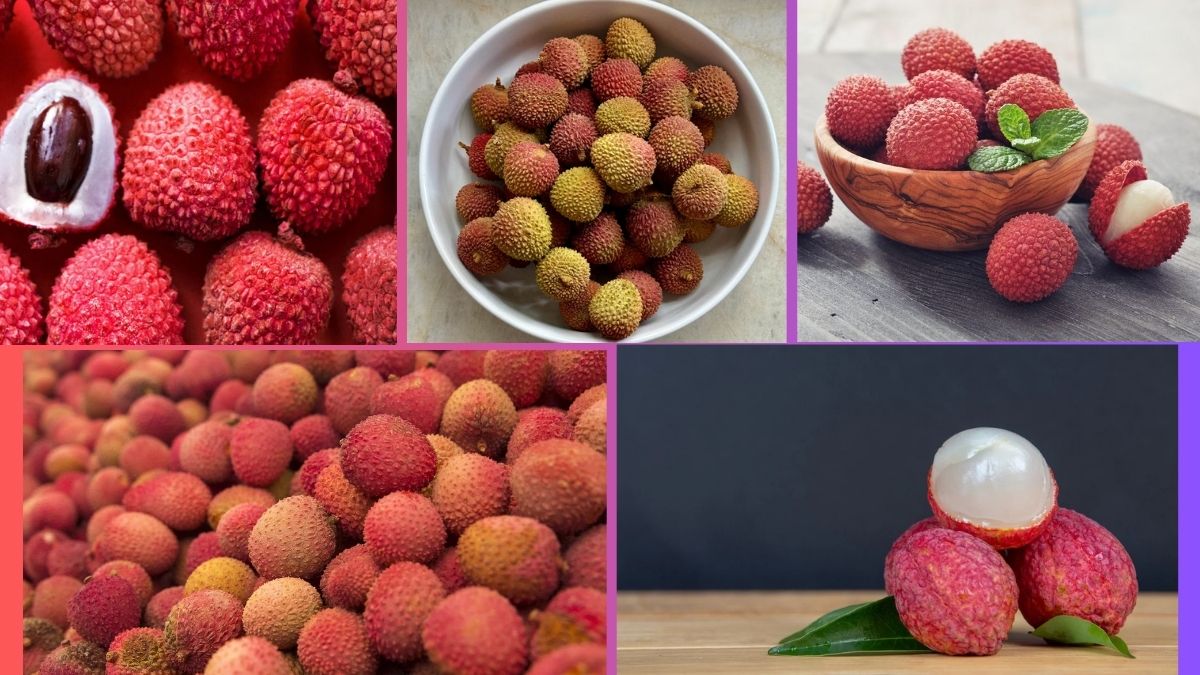Known for its delicate, translucent flesh, sweet floral flavor, and striking pink-red skin, lychee (also spelled litchi) is one of the most cherished tropical fruits in the world. From Asian markets to international gourmet stores, this exotic fruit has found favor with food lovers everywhere.
While several countries cultivate lychees for both local consumption and export, one country stands out as the largest lychee producer globally. In this article, we’ll explore the fascinating world of lychee production, spotlight the top-producing country, and dive into the factors behind its success, while also looking at other significant contributors to the global lychee industry.
An Overview of the Global Lychee Industry
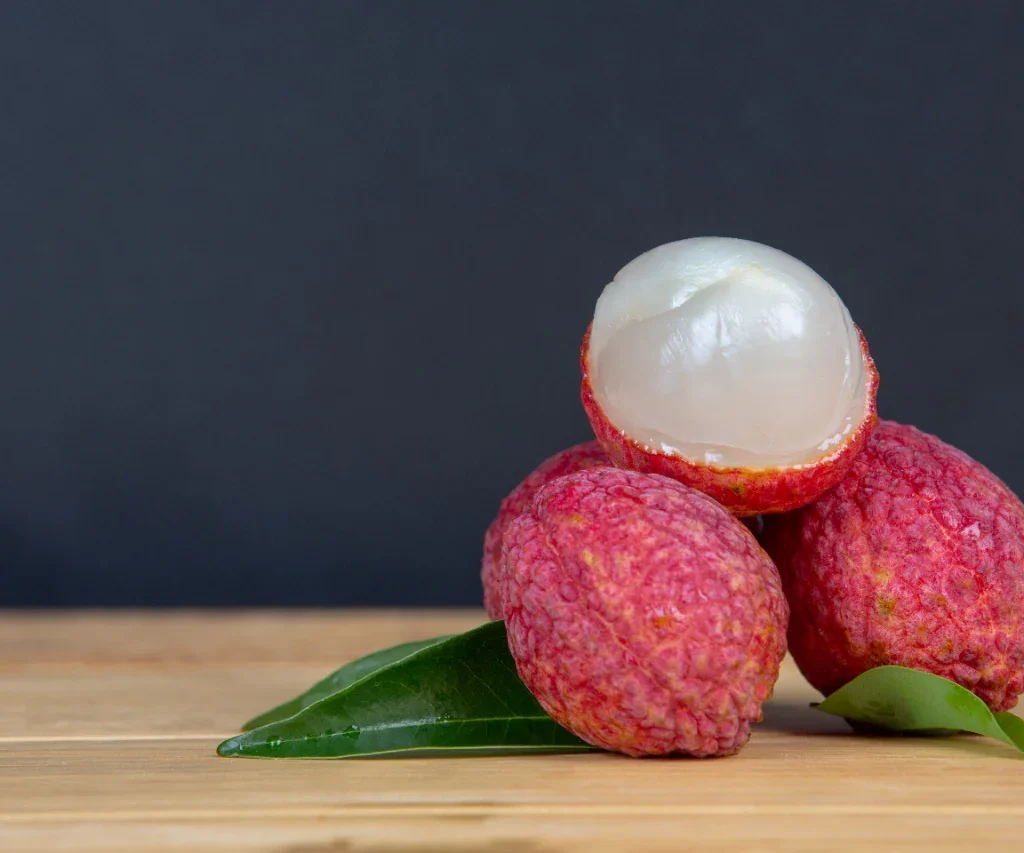
Lychee (Litchi chinensis) is native to Southern China, where it has been cultivated for over 2,000 years. The fruit thrives in tropical and subtropical regions with warm, humid climates, and well-drained soils. It is grown in more than 20 countries worldwide, especially in Asia, Africa, Australia, and parts of the Americas.
Global lychee production is estimated to be over 3.2 million metric tons annually, with most of the harvest consumed domestically in producing countries. The fruit is a seasonal delicacy, usually available from May to August, depending on the region. Fresh lychees are prized for their juicy texture, refreshing taste, and health benefits.
Which Country Is the Largest Lychee Producer Globally?

China holds the title of the largest lychee producer globally, producing approximately 2 million metric tons of lychees each year. This accounts for nearly 65% of the world’s total lychee production, making China the undisputed leader in lychee cultivation.
The fruit holds deep cultural, historical, and culinary significance in China, where it is revered as a symbol of love, happiness, and prosperity. Fresh lychees are particularly popular during Chinese summer months and festive occasions.
Why Is China the Top Lychee Producer?
1. Native Origin and Centuries-Old Cultivation
China is the native home of the lychee fruit, with a rich history of cultivation stretching back over two millennia. Ancient Chinese records document the fruit being transported to the imperial court as early as the Tang dynasty (618–907 AD).
The country’s long-standing familiarity with lychee cultivation techniques, pest control, and varietal development gives it a natural advantage in producing superior-quality fruit.
2. Ideal Climate and Geography
Southern China’s tropical and subtropical regions offer the perfect conditions for lychee farming. Provinces such as:
- Guangdong
- Fujian
- Guangxi
- Hainan
- Yunnan
are famous for their vast lychee orchards. These areas benefit from abundant rainfall, warm temperatures, and fertile, well-drained soils — all ideal for lychee tree growth and fruiting.
3. Diverse and Premium Lychee Varieties
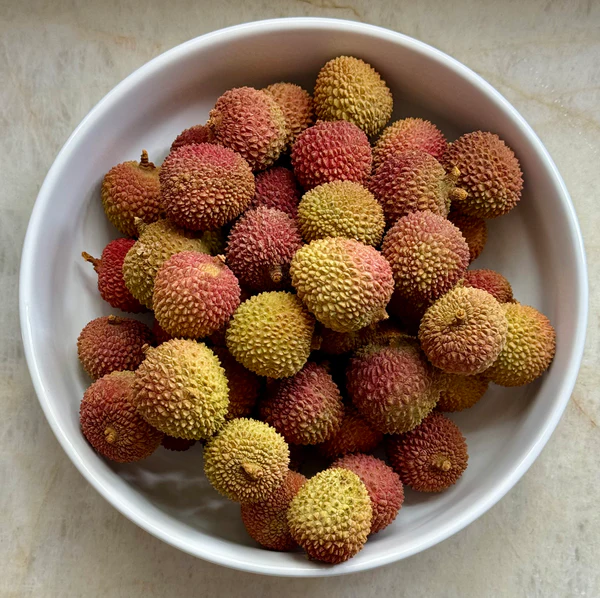
China grows more than 200 different lychee cultivars, each with unique flavors, textures, and harvest times. Some of the most prized varieties include:
- Feizixiao: Sweet, juicy flesh with minimal seed size.
- Nuomici: Extremely tender flesh, subtle floral notes.
- Guiwei: Well-balanced sweetness and tanginess.
- Chenzi: Known for its small seed and rich flavor.
This wide range of lychee varieties allows China to cater to diverse consumer preferences both domestically and in export markets.
4. Strong Domestic and Export Demand
China’s massive population ensures a consistently high demand for fresh lychees, particularly during the summer and festive seasons such as the Dragon Boat Festival.
Additionally, China has established export markets in Hong Kong, Singapore, Malaysia, Canada, the United States, and Australia, making it a key player in the global fresh lychee trade.
Top 5 Lychee-Producing Countries (2022)
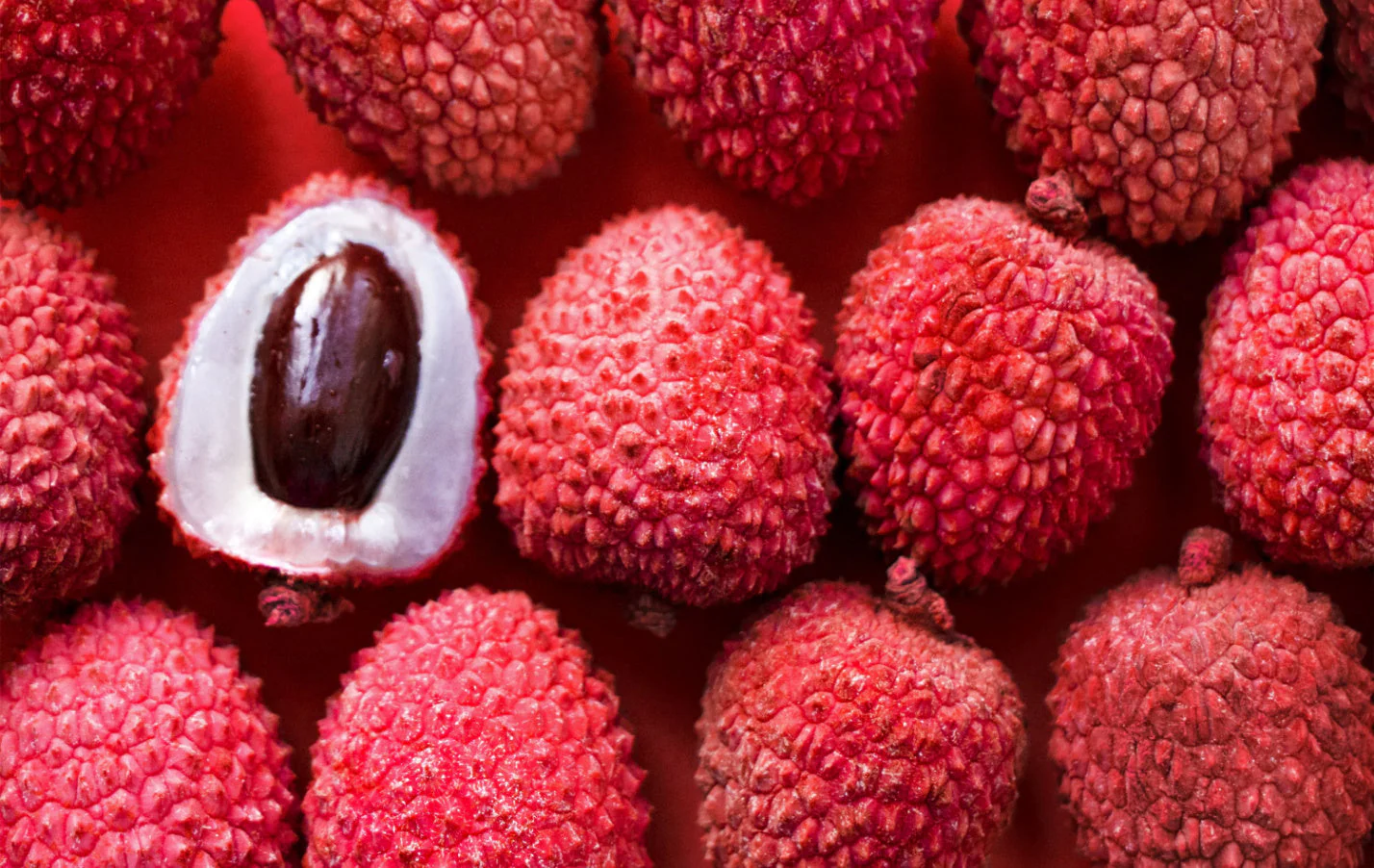
| Rank | Country | Production (Million Metric Tons) |
|---|---|---|
| 1 | China | 2.0 |
| 2 | India | 0.7 |
| 3 | Vietnam | 0.2 |
| 4 | Thailand | 0.12 |
| 5 | Madagascar | 0.08 |
China clearly leads the pack, producing nearly three times the volume of its closest competitor, India.
Other Major Lychee-Producing Countries
While China dominates lychee production, other nations also play vital roles in the global lychee market:
India
India is the second-largest lychee producer globally, with annual production of around 700,000 metric tons. Lychee is primarily grown in the northern and eastern states of Bihar, West Bengal, Uttar Pradesh, and Tripura, with Muzaffarpur in Bihar famously known as India’s “Lychee Capital.”
India’s best-known lychee variety is Shahi, prized for its sweetness, aroma, and soft texture. The country consumes most of its lychee domestically, with limited exports to the Middle East and Europe.
Vietnam
Vietnam cultivates approximately 200,000 metric tons of lychees annually, predominantly in Bac Giang and Hai Duong provinces. The fruit is an important export commodity for Vietnam, with fresh and frozen lychees shipped to China, Japan, Australia, and the United States.
Thailand
Thailand grows around 120,000 metric tons of lychees per year, primarily in Chiang Mai, Chiang Rai, and Lamphun provinces. Thai lychees, known for their sweetness and crisp texture, are popular in domestic markets and regional exports to China, Malaysia, and Singapore.
Madagascar
Madagascar is Africa’s leading lychee producer, yielding about 80,000 metric tons annually. Most of the harvest is exported to Europe, especially France and Germany, during the European winter months when other sources are limited.
Key Uses of Lychee in Global Markets
Lychee’s popularity extends beyond fresh fruit consumption. Its uses include:
- Fresh Consumption: Eaten peeled and chilled for a refreshing, juicy snack.
- Canned Lychee: Processed and preserved in syrup for year-round availability.
- Lychee Juice and Beverages: Popular in cocktails, mocktails, and fruit blends.
- Lychee Ice Cream and Sorbet: Used in desserts for its sweet, fragrant flavor.
- Lychee-Based Sweets: Incorporated into pastries, puddings, and jellies.
- Dried Lychees: Known as lychee nuts, used as snacks or in traditional medicine.
Fun Lychee Facts
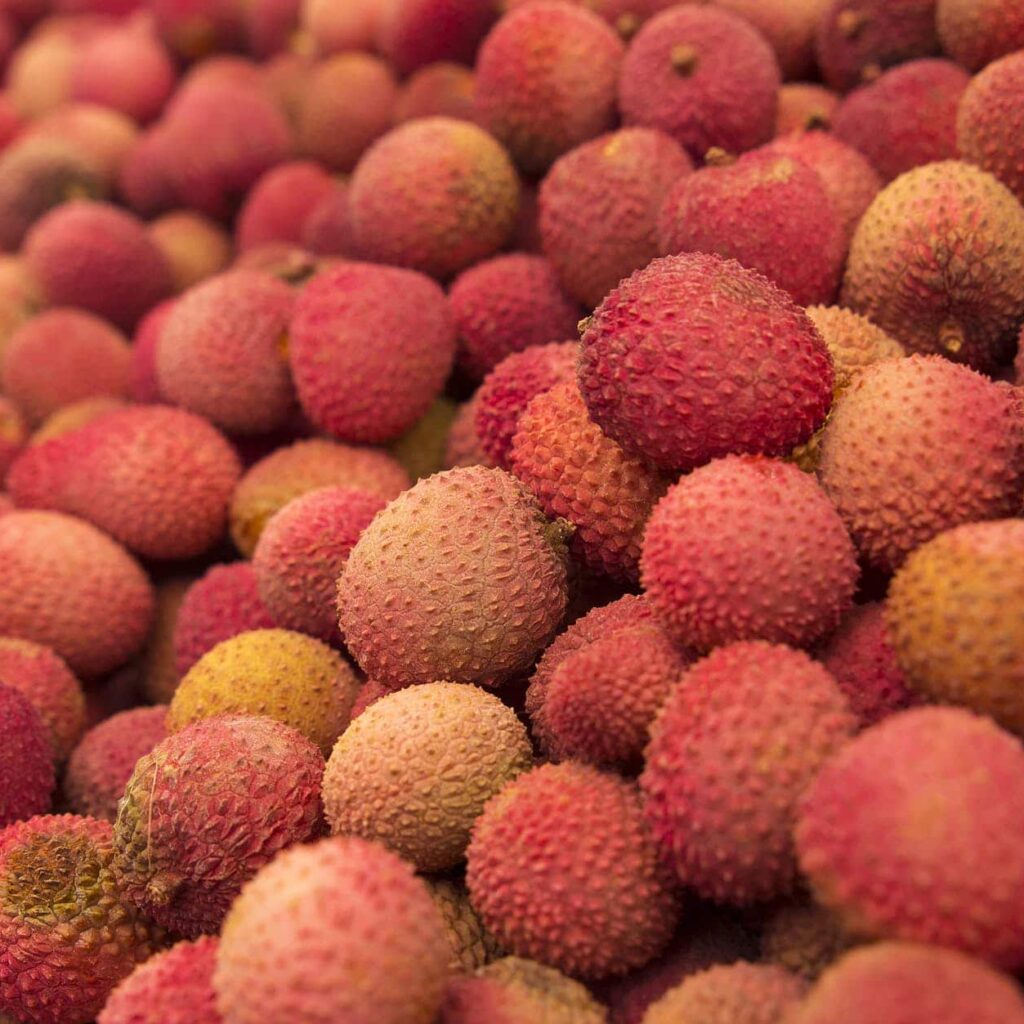
- Lychee trees can live over 100 years and begin fruiting after 4–5 years.
- A single tree can yield 100–300 kg of fruit annually.
- Lychee is rich in vitamin C, antioxidants, potassium, and fiber.
- Ancient Chinese poets wrote about the fruit’s romantic symbolism, comparing its fleeting season to youthful love.
- Lychees are often exchanged as gifts of good fortune and health in East Asian traditions.
Challenges in Lychee Production
Despite its popularity, lychee farming faces several obstacles:
- Seasonality: Fresh lychee has a short harvest window of just 4–6 weeks, limiting availability.
- Post-Harvest Shelf Life: The fruit perishes quickly, complicating transport and storage.
- Pests and Diseases: Lychee is vulnerable to fruit borers, mites, and fungal infections.
- Climate Sensitivity: Erratic weather and unseasonal rains can impact flowering and yield.
China and other major producers are investing in cold storage, logistics infrastructure, and breeding programs to address these challenges and extend the fruit’s market reach.
Conclusion
When it comes to lychee production, China stands as the largest producer globally, owing to its native status, ideal growing conditions, deep-rooted cultural ties, and vast domestic demand. The country’s diverse lychee varieties and expanding export network ensure its continued dominance in the global lychee market.
While countries like India, Vietnam, Thailand, and Madagascar also contribute significantly to global production, China’s unmatched volume and historical connection to the fruit firmly position it at the top.
As global demand for exotic, nutrient-rich fruits grows, lychees will remain a sought-after delicacy — and China will remain its undisputed capital
